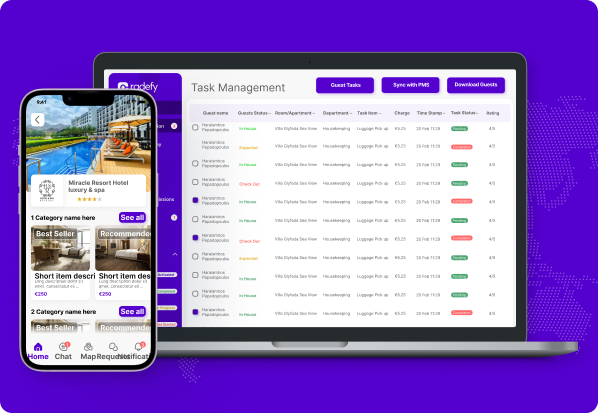The Internet of Things has brought about a tremendous makeshift in the digital world by seamless connectivity over devices and across networks. IoT software development helps businesses optimize resource utilization, minimize waste, improve efficiency and reduce cost.
Being the trusted IoT app development company in India, we have created numerous successful projects based on the Bluetooth Low Energy (BLE) technology and PoCs. With a next gen IoT app, you can seamlessly get real-time insights, intelligent automation, and predictive analysis that helps your business grow exponentially.
With more than 15+ years of experience, we bring cutting-edge digital transformation services and solutions based on IoT for you, helping you lead the market the way you want. Businesses across industries and verticals partner with us to experience seamless connectivity with IoT apps and software.








